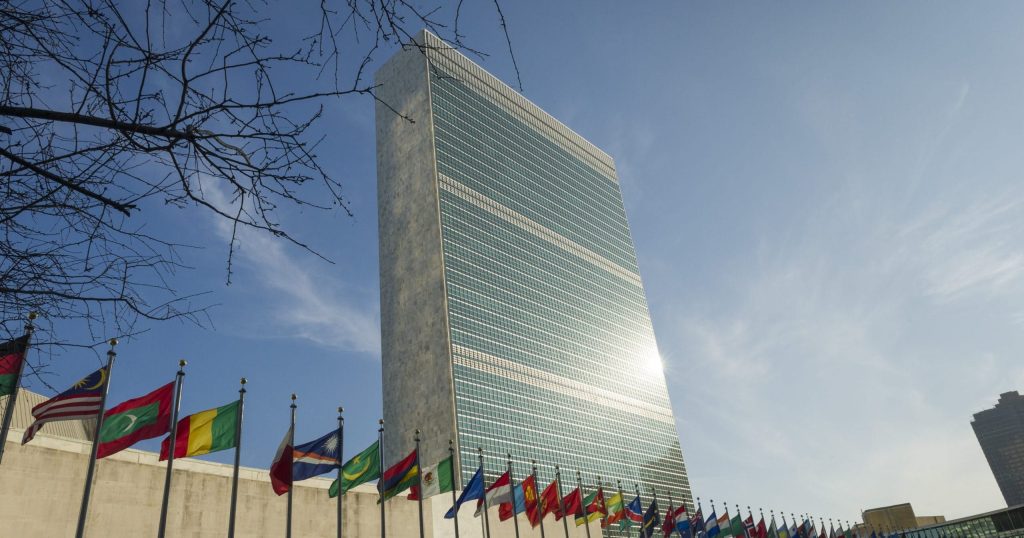By Sarah Parkes, International Telecommunication Union
Broadband delivers access to the sum of human knowledge. It opens doors to the future. It helps lift the world’s poorest people out of poverty, brings the benefits of education and health care closer to rural and remote populations, and delivers social and economic benefits to all.
Broadband builds bridges between individuals, communities, and nations. And by leveraging the power of broadband, we can accelerate progress towards the Millennium Development Goals and future sustainable development goals.
The need to ensure that all people have access to broadband and can afford to communicate and participate in the digital information society of today and the digital knowledge society of tomorrow prompted the establishment of the Broadband Commission for Digital Development back in 2010.
The Commission brings together some 60 leaders from the UN family, the business community, government, civil society, and R&D organizations. Rather than focusing just on the tech community, it spans a range of sectors, because if broadband is to realize its full potential as a driver for socio-economic development, it needs to be a cross-sector resource available to all.
Target 1: Making broadband policy universal. By 2015, all countries should have a national broadband plan or strategy or include broadband in their Universal Access/Service Definitions.
Target 2: Making broadband affordable. By 2015, entry-level broadband services should cost less than 5% of average monthly income.
Target 3: Connecting homes to broadband. By 2015, 40% of households in developing countries should have Internet access.
Target 4: Getting people online. By 2015, Internet user penetration should reach 60% worldwide, 50% in developing countries, and 15% in LDCs.
In addition, a special Working Group of the Commission on Broadband and Gender, launched in September 2012 at the behest of actor and advocate Geena Davis, who serves as ITU’s Special Envoy on Women and Girls, added a fifth target at the Commission’s meeting in Mexico City in March:
Target 5: Gender equality in broadband access by the year 2020.
This year’s report reveals that mobile broadband is the fastest growing technology in human history, with mobile broadband subscriptions – which allow users to access the web via smartphones, tablets and Wi-Fi-connected laptops – growing at a rate of 30% per year. By the end of 2013 there will be more than three times as many mobile broadband connections as there are conventional fixed broadband subscriptions.
This is encouraging news – but the analysis on gender is not quite so positive. ITU research shows a gender gap that means there are at least 200 million fewer women online than men. In some countries, the gap is relatively small – but in others, such as the nations that make up sub-Saharan Africa, it is estimated that there are twice as many males with access to information and communications technologies (ICTs) compared to their females.
More impetus is clearly needed – from ensuring women get the training in ICTs they need from a young age, to encouraging more of them to pursue a career as an ICT professional. ITU is active in both areas, through its annual Girls in ICT Day advocacy event, which was held in over 130 countries around the world this year, and partnerships like the one we have with Telecentre.org, which is on track to train 1 million women in basic ICT skills by the end of 2013.
ITU and other UN agencies are also working hard on finding ways to improve gender disaggregated data gathering, so that we are better able to gauge the current situation – and measure progress in the future.

